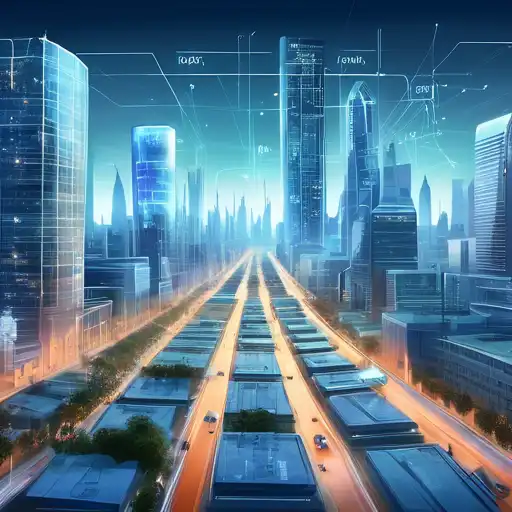Introduction to IoT and Smart Cities
The Internet of Things (IoT) is revolutionizing the way cities operate, making them smarter, more efficient, and more responsive to the needs of their inhabitants. By connecting devices, vehicles, and infrastructure to the internet, cities can collect and analyze data to improve services, reduce costs, and enhance the quality of life for residents.
Key Areas Where IoT is Making an Impact
From traffic management to waste disposal, IoT technologies are being deployed across various sectors to create smarter urban environments. Here are some of the key areas where IoT is making a significant impact:
- Traffic and Transportation: IoT-enabled sensors and cameras monitor traffic flow in real-time, allowing for dynamic traffic light adjustments and reducing congestion.
- Energy Efficiency: Smart grids and meters help cities manage energy consumption more efficiently, leading to significant cost savings and reduced environmental impact.
- Public Safety: IoT devices such as surveillance cameras and emergency response systems enhance public safety by providing real-time monitoring and faster response times.
- Waste Management: Smart bins and waste collection systems optimize routes and schedules, making waste management more efficient and environmentally friendly.
Benefits of IoT in Urban Development
The integration of IoT technologies into city infrastructure offers numerous benefits, including:
- Improved efficiency and reduced operational costs
- Enhanced public services and quality of life
- Greater sustainability and reduced environmental footprint
- Increased safety and security for residents
Challenges and Considerations
Despite its many advantages, the implementation of IoT in cities also presents challenges such as privacy concerns, cybersecurity risks, and the need for significant investment in infrastructure. Addressing these issues is crucial for the successful development of smart cities.
Future Prospects
As technology continues to evolve, the potential for IoT to transform urban landscapes is limitless. Future advancements may include more autonomous systems, deeper integration of AI, and even smarter infrastructure that can predict and respond to the needs of its citizens in real-time.
For more insights into how technology is shaping our world, explore our technology trends section.
Conclusion
The role of IoT in making cities smarter cannot be overstated. By harnessing the power of connected devices and data analytics, urban areas can become more livable, sustainable, and efficient. However, realizing this vision requires careful planning, collaboration, and investment in technology and infrastructure.
